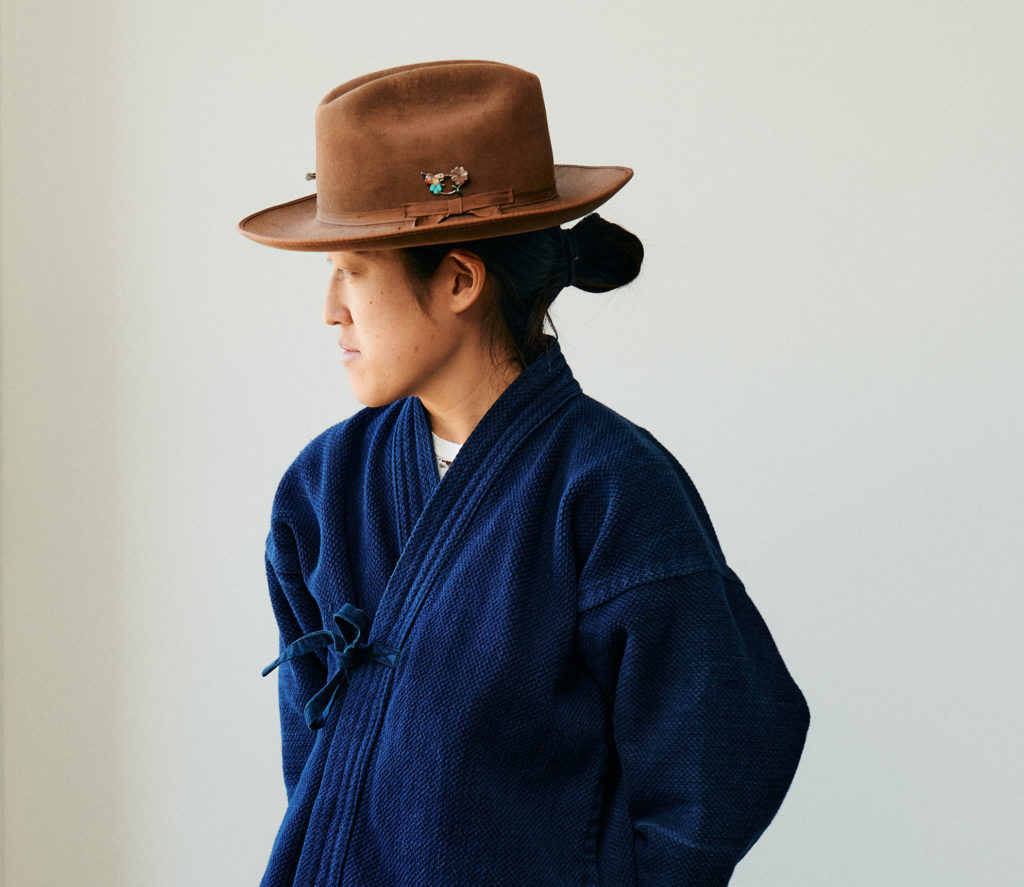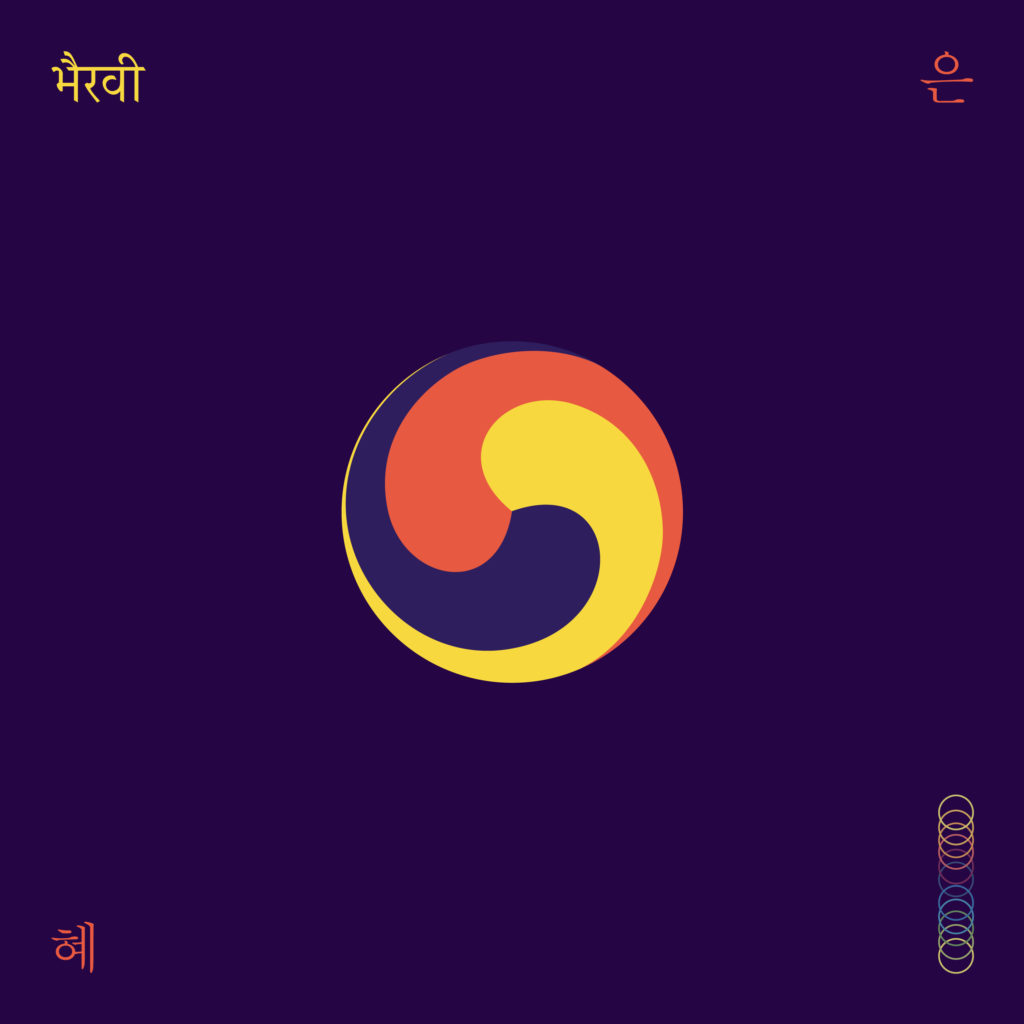GRACE Ø’s Debut Album Will “Harmonize and Unify Humanity”
'Céleste: Bhairavi Purple' is available now.

Grace Lee, who releases as GRACE Ø, has released the first single from her upcoming debut album.
Lee, a New York-bred interdisciplinary artist, spent her formative years in South Korea, raised by her mother’s family, an 11th generation of healers, alchemists, botanists, and sages dating back to Korea’s Goryeo period. She graduated from the renowned Professional Performing Arts School of New York City and The Juilliard School and took her first steps in music under the mentorship of Giovanni James, The Twilite Tone, and Illmind. In 2010, she formed Liaison Femme, a collective of female DJs, producers, and creatives.
Her work on GRACE, her debut album of “psychedelic hip-hop,” began in 2011 in collaboration with Illmind, and it was initially called God Save The Arts. It will be a five-volume series, inspired by sacred geometry, mysticism, shamanism, sufism, and the human potential movement. She describes it as “medicinal music,” in that its mission is to “harmonize and unify humanity.”
The debut single, “Céleste : Bhairavi Purple,” comes in two parts: the seven-minute original plus an extended 16-minute piece. Lee will release each volume of the album in par to its related season—winter, spring, summer, and autumn—according to the cosmic calendar system. The next single will come in Spring. To accompany the release, we chatted with Lee to learn more about it.
01. You’ve spent more than a decade working on your debut album. What’s the concept behind it?
This album was not a concept; it was a mission. It’s been a mission of mine since I was 13. Back then, I started to practice a very ancient method that runs in Tibetan tradition, which in the modern world is called lucid dreaming. It’s all about being open consciously to receive messages from the outer realm. When I was 13 I had three significant dreams and one of them was me being in a geodesic dome shaped like a sound chamber and I saw as far as my eye could go just people gathering together and we were all in reverence, singing together, and the dream stopped. At the time in my life I didn’t know how to translate that, but that was the moment I became more aware of my purpose: I was called to be a sound artist, or a sound healing artist. Then, when I was 16, I met two of my mentors, Giovanni James and The Twilite Tone. I told The Twilite Tone Tone that I had this clear vision that I need to create an album, to provide healing for other people who are suffering. Not just by their mental state but their energy. So, at the age of 20 I decided to officially begin my album, and at that time I was working closely with Illmind, who initiated the album with me. We called it God Save The Arts. The whole mission was to harmonize and unify humanity. For the album, I have been the executive / creative producer for 10 years but I have had visits from mentors.
02. When you say “harmonize and unify humanity,” how exactly can the album achieve this?
The album involves real tools that can transport your mental and emotional state. I have been experimenting for years with close peers of mine who have been experiencing “healing” when they hear specific parts of my songs, whether it be a sense of transcendence, a sense of safety, or a sense of feeling oneself on a deeper level. I have studied algorithm patterns of sound signals to test myself how the neurosis responds to negative pitch. Here we are, where this album not only stands to prove the science of sound, but the actual contents that can explain and recover our connection to sound on a cellular level. Our biology is able to alchemize cancer cells to healthy living cells, just by the ordinance of a specific pitch or tone. If an opera singer’s crescendo can break glass, if Tibetan monks’ mantras can awake someone from a coma, if chemotherapy can destroy cancer cells, let’s tap more into how sound is impacting our current modern world, and bring a better resolution!
03. Can you talk more specifically on the role lucid dreaming plays in your music?
I can hear melodies in my dream states, so I actually look forward to napping. In one day I will have five lucid naps and I’ll be given 10 to 12 melodies when I wake up. I had a recorder in my bed for like 10 years because these melodies would be given to me and I’d wake up and go to the piano and record. For 10 years I’ve been doing this same very intimate creative process. (This is also a remedy for me because I was born with synesthesia.)
04. Today you’re releasing “Céleste,” the album’s first single. What can you tell us about it?
It started as an improvisation in Austin, Texas. Then the following week I was invited to Sonic Ranch in Tornillo, Texas. It’s the world’s largest recording studio. The last artist that was there before the pandemic was Bon Iver, so the energy when I arrived was quite beautiful. I was invited before Summer Solstice and that’s where the beginning of the track came about. One day I was driving to El Paso, to where the studio is, and I was listening to QAWWALI and I heard this melody. I stopped the car and I went to the studio and I told my engineers that we were going to sample this record: Manqabat In Raga Bhairvi “Maulah Ali Maulah Ali by Nusrat Fateh Ali Khan.” They looked at me strangely and I told them to just let it roll. Exactly from 10pm to 11pm I was housing improvising vocals, in total one-ness.
05. How much more music do you have?
For 10 years I have been developing records and I have more than 50 now. Each record teaches me what it wants to become. I never create out of my will.
06. Can you tell me more about how the album is structure?
The entire album is exactly 12 records, or singles, running until December 12, 2023. 12 is a significant number of mine. Each volume will come out seasonally, based on the cosmic calendar. The next one is called “Rainbow Tape,” coming out in Spring.


